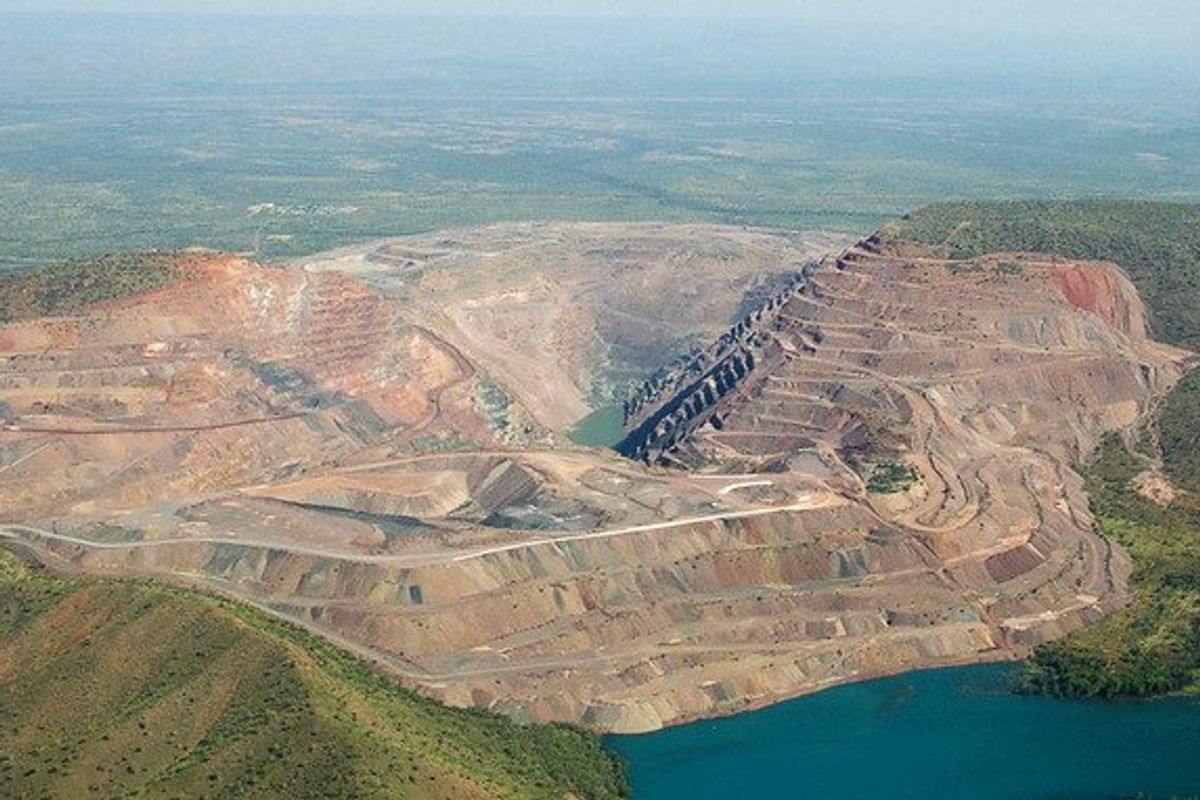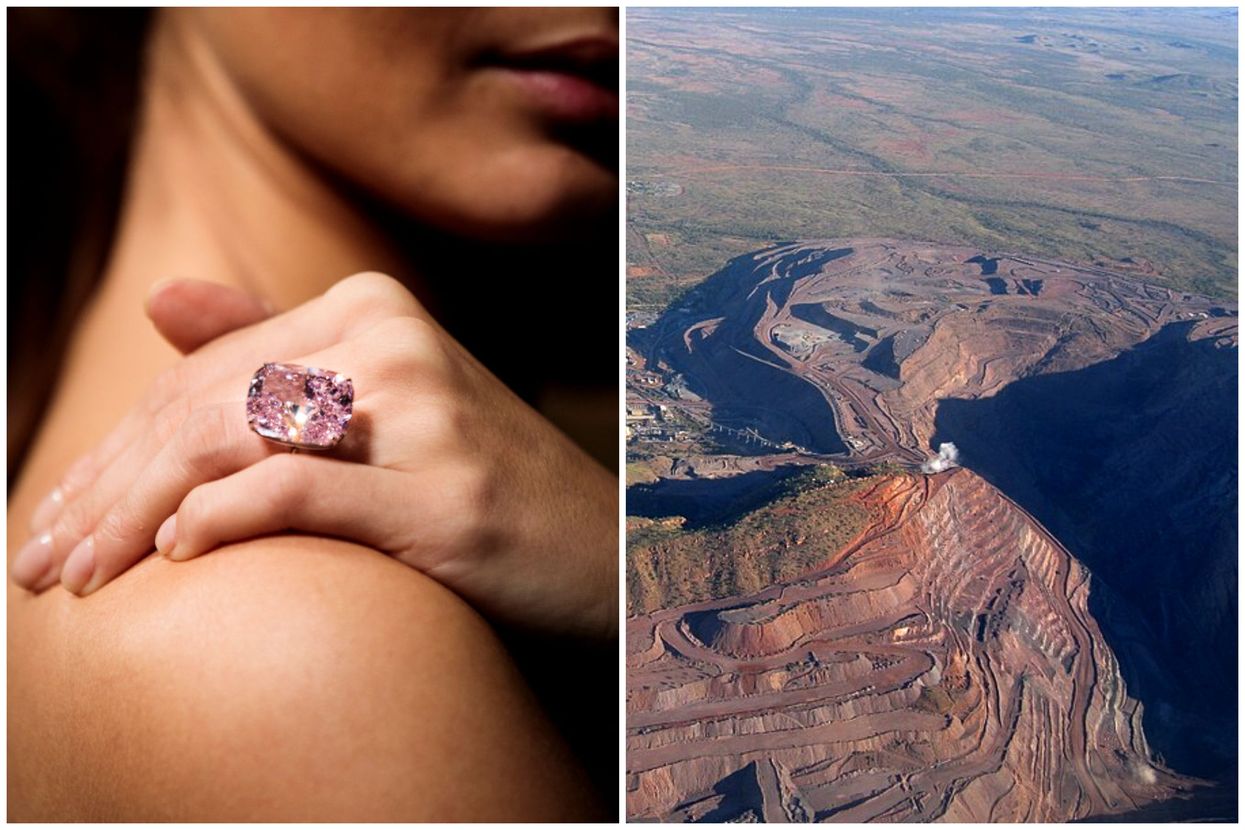Harriet Brewis
Jul 01, 2024
Largest pink diamond found in 300 years discovered in Angola
New York Post - Page Six / VideoElephant
Pink diamond rings are favoured by the likes of Jennifer Lopez and Blake Lively for good reason – the rocks are among the rarest types of jewel on the planet.
Unlike other coloured diamonds – such as blue and yellow – which are tinted by impurities, these rosy rocks get their colour thanks to intense geological processes.
Indeed, pink diamonds are so rare, they can fetch more than $2 million (around £1.58 million) per carat. For context, a carat is equal to 0.2 grams or 0.007 ounces, according to the International Gem Society.
And yet, at one point, 90 per cent of all of the world’s pink diamonds – including one bought by Enrique Iglesias for his then-fiancée Anna Kournikova – were produced at a single mine in western Australia.
The Argyle mine is located on the shores of Lake Argyle in a remote region 340 miles (550 kilometres) southeast of Darwin.
The site was first discovered in 1979, with operations at the site lasting 37 years and yielding more than 865 million carats (191 tons, or 172 metric tons) of rough diamonds — including white, blue, violet, pink and red diamonds, according to Rio Tinto, the company that owned and operated it.

And yet, experts were struck by the peculiarity of the site, which wouldn’t have been the first place they’d look for diamonds.
This is because the Argyle mine sits on the edge of a continent rather than in the middle, where the precious stones usually emerge.
Moreover, diamonds are typically found in kimberlite rock formations, but the Argyle trove features a type of volcanic rock called olivine lamproite, as Live Science notes.
Shortly after the Argyle formation was discovered, experts estimated the age of its rocks to be between 1.1 and 1.2 billion years.
However, a new study, publishedin the journal Nature Communications, last year, revealed that the rocks are, in fact, 1.3 billion years old, putting Argyle right at the start of the breakup of the supercontinent Nuna.

Pink diamonds are created thanks to very specific heat and pressure conditions that arise when tectonic plates collide.
The extraordinary force of these collisions can distort the crystal lattice structure of pre-existing diamonds in such a way that it leaves them coloured in different shades of pink.
The supercontinent Nuna – also known as Colombia – formed when two chunks of Earth's crust smashed into each other around 1.8 billion years ago.
The area in which they are thought to have collided overlaps with the present-day Argyle formation, suggesting the crash gave rise to Argyle's pink diamonds.
However, back then, the diamonds would have been buried deep within the Earth’s crust.
It would take another 500 million years, when Nuna began to break apart as the tectonic plates moved away from one another, for the rocks carrying the diamonds to rise to the surface.
Despite its extraordinary cache, the Argyle mine closed in 2020 owing to a dwindling supply of diamonds and economic pressures, including the rising cost of operating the site.
Nevertheless, there might be a similar treasure trove lying hidden somewhere else, just waiting to cough up jewels for the next generation of celebrity engagements.
Sign up for our free Indy100 weekly newsletter
How to join the indy100's free WhatsApp channel
Have your say in our news democracy. Click the upvote icon at the top of the page to help raise this article through the indy100 rankings
Top 100
The Conversation (0)














